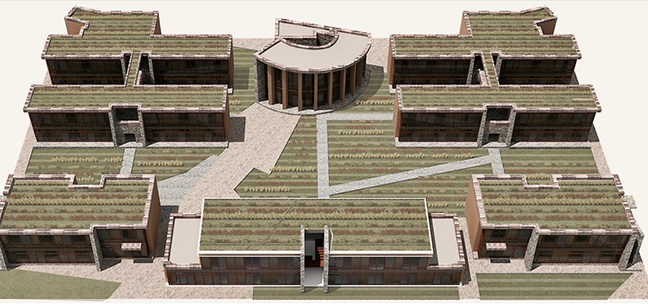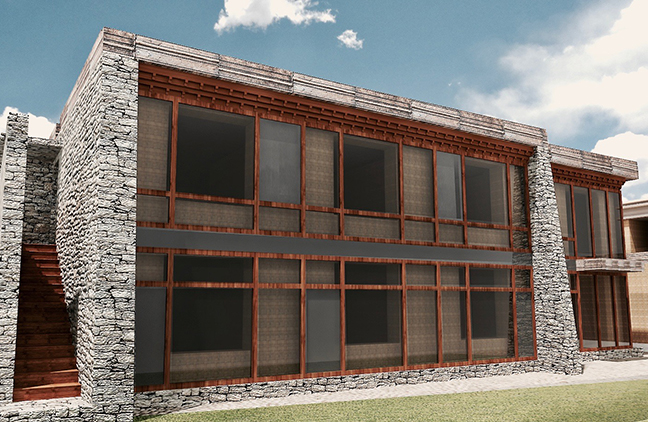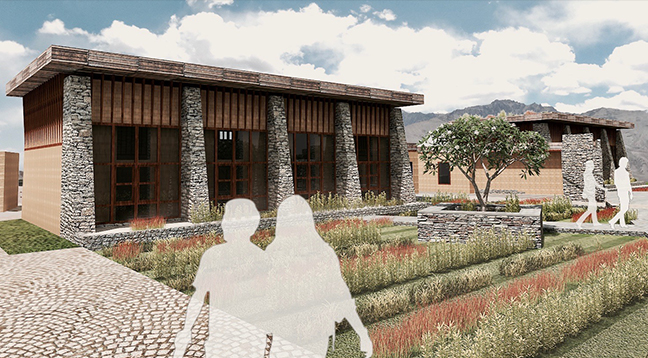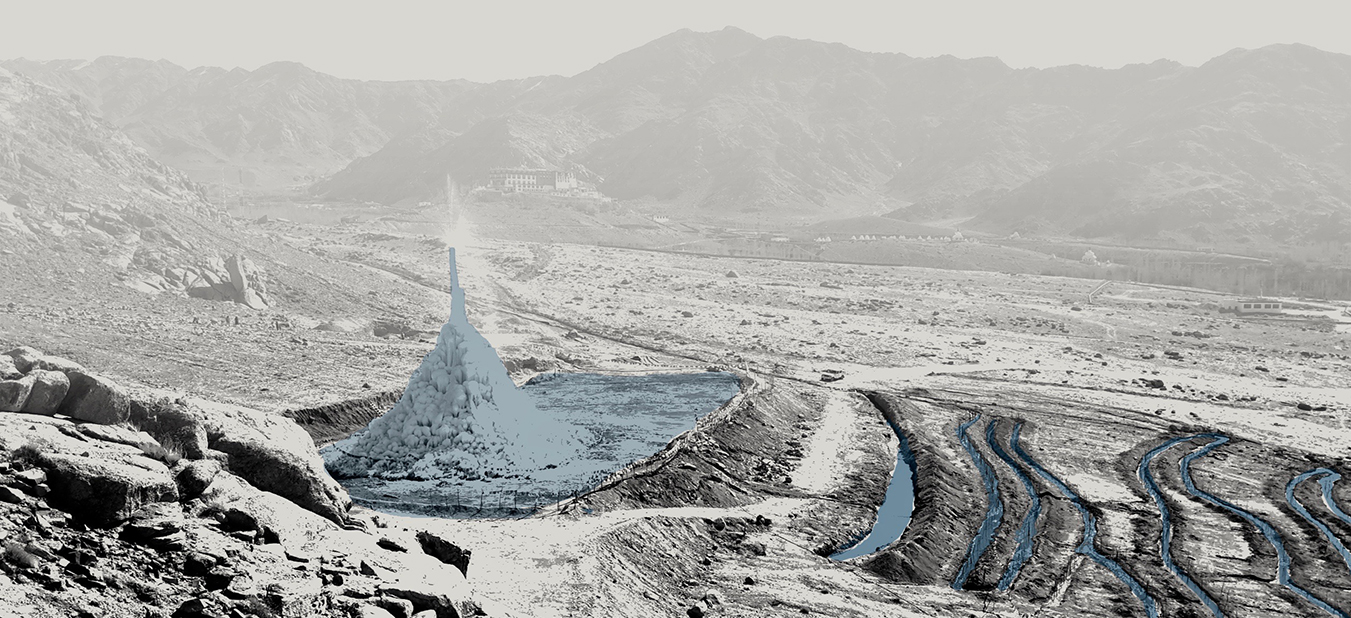
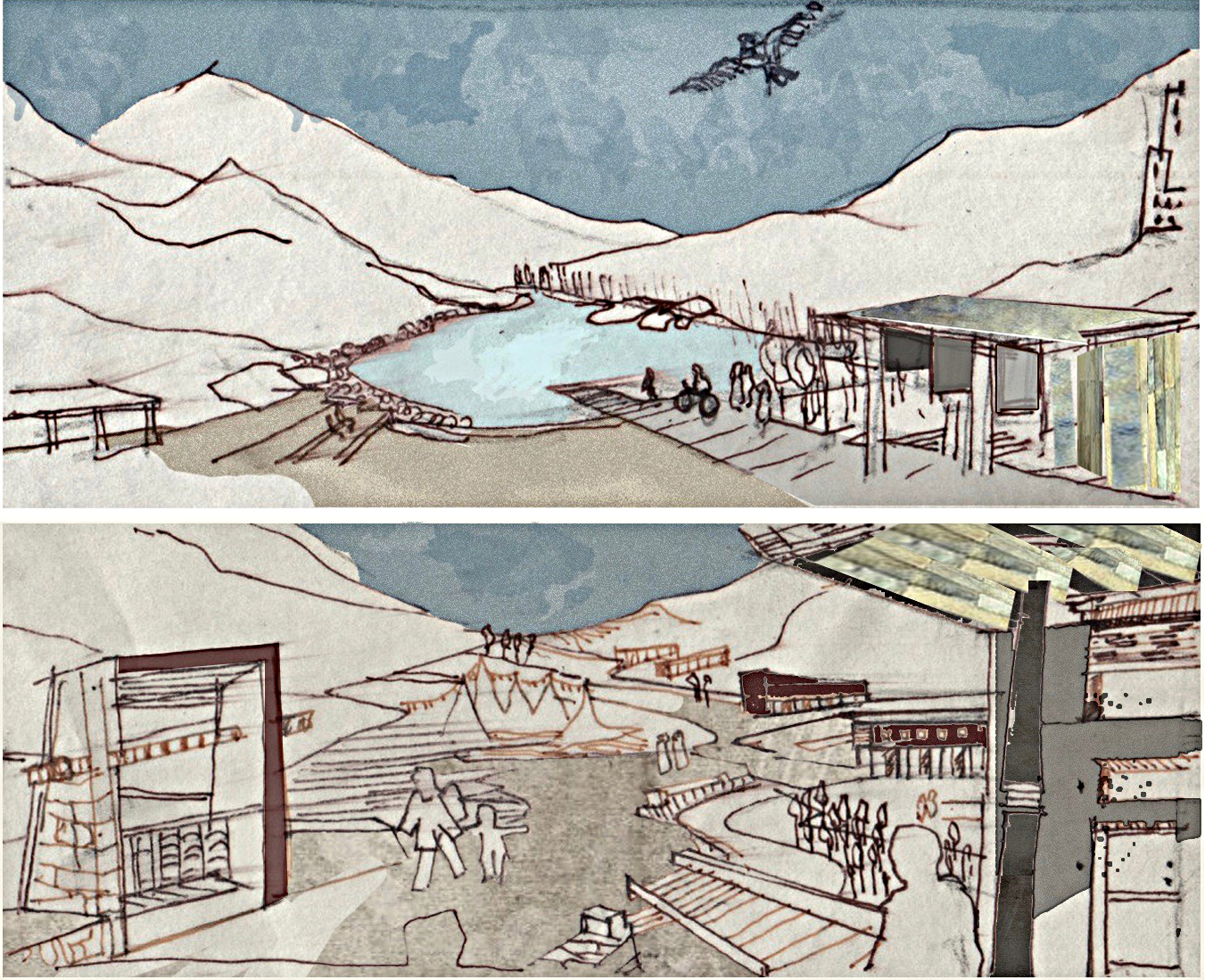
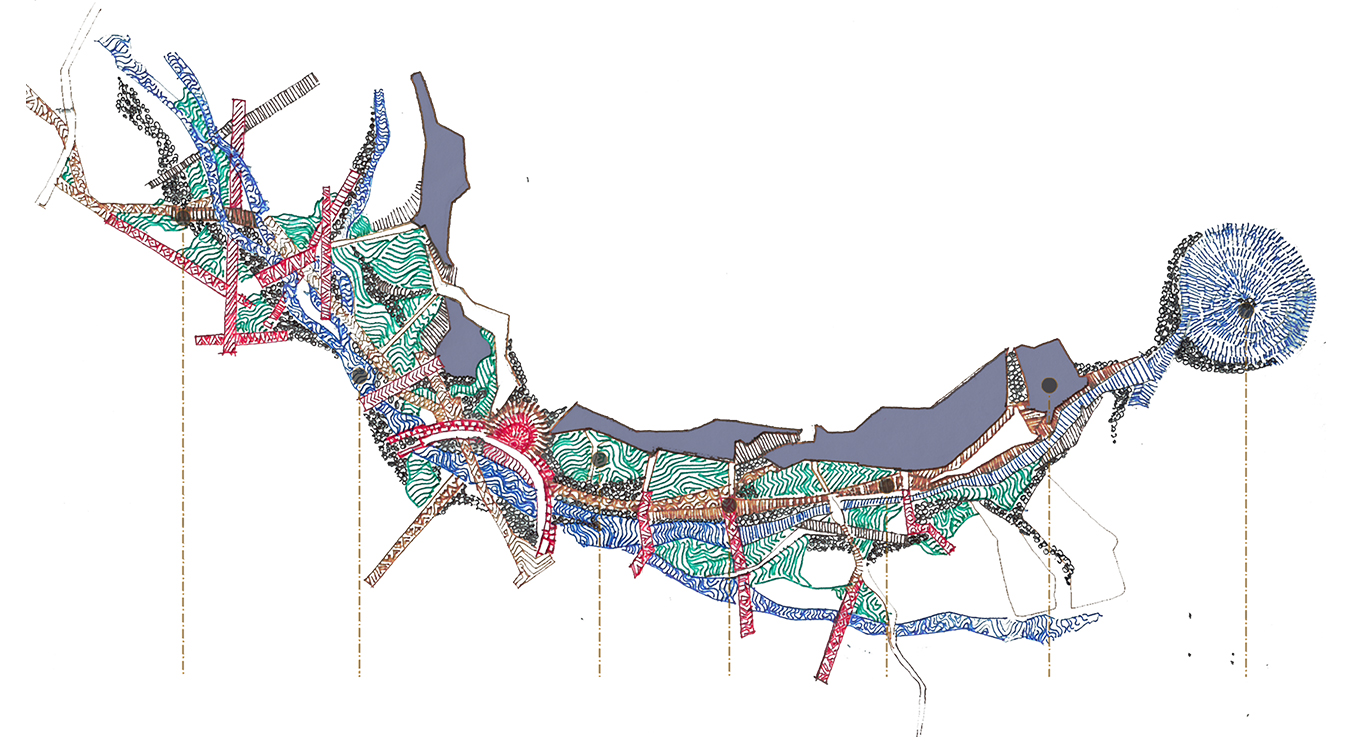
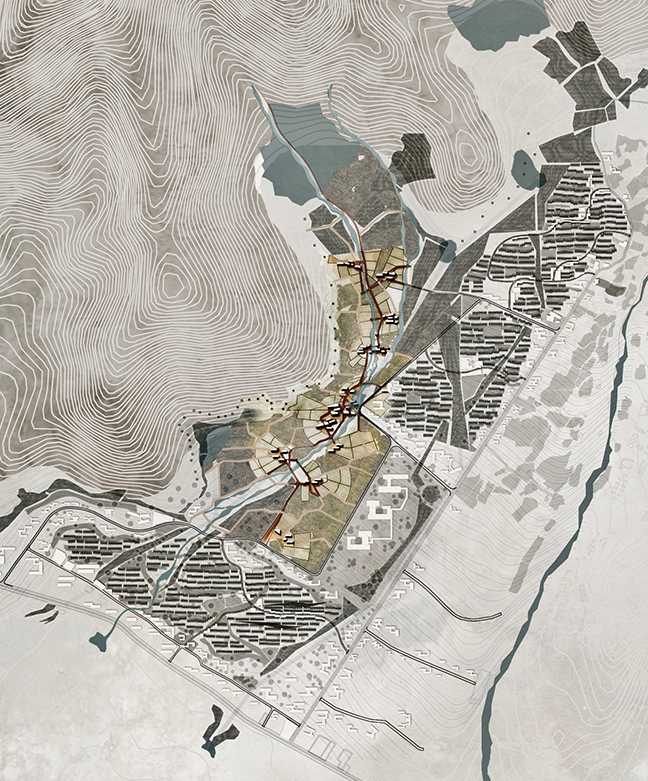
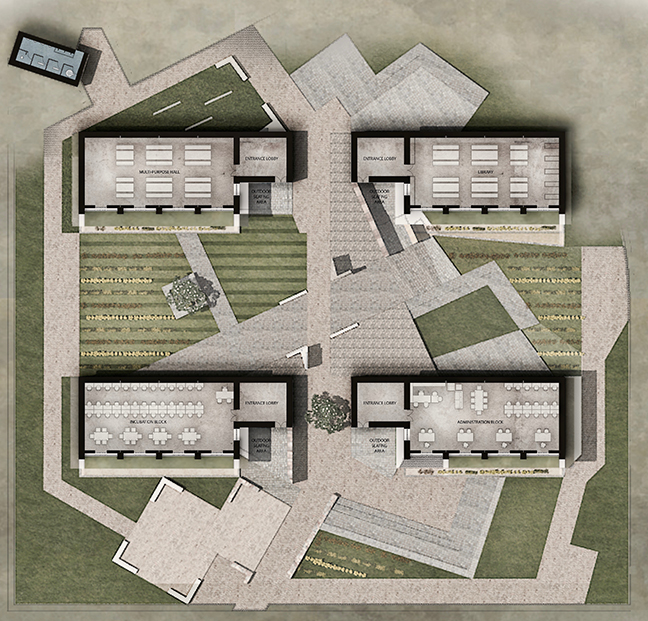
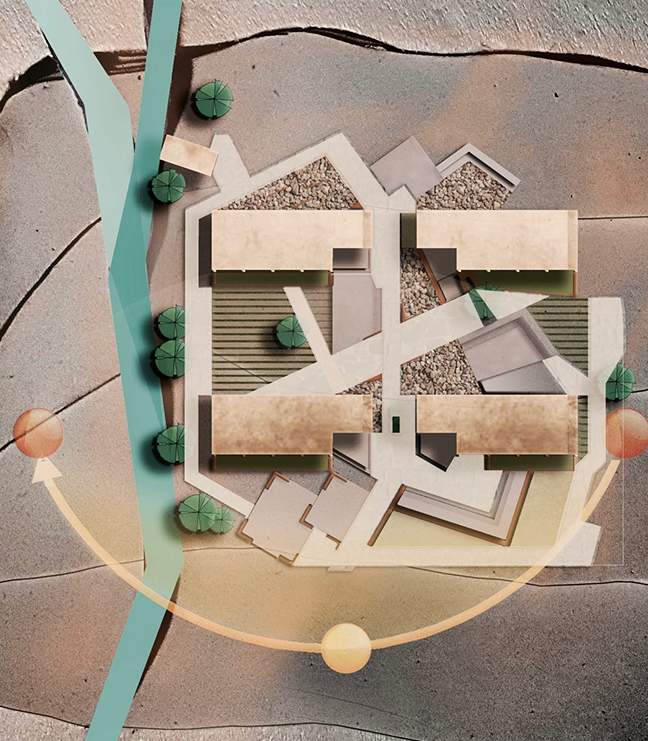
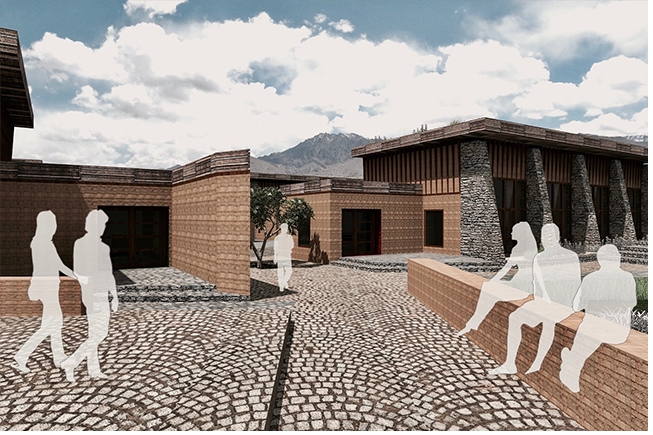
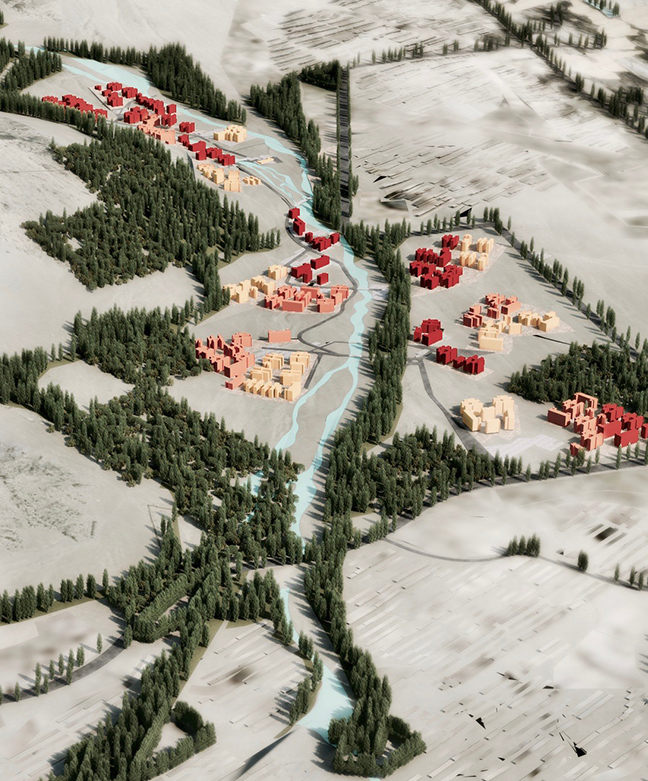
Not only in physical manifestation but also in the manner in which it educates. It inspires all seekers of knowledge and teaches through real life experiences. Allowing students and teachers to explore both outside and even within themselves. The internationally acclaimed experts who volunteered their time for this cause included Sanjay Prakash, a renowned Indian green architect, internationally renowned transportation expert Prof. Geetam Tiwari from IIT Delhi, passive solar expert Robert Celaire from France, expert hydrologists Walter Klemm from Europe, and Ann R-iquier from Auroville. Apart from the above, many young architects and professionals from different parts of the world participated in the campus design as a project during the Earth Architecture and Passive Solar Design course at the SECMOL Campus. Together they studied various aspects of designing the township and painted a Thangka painting of the future of Phyang desert – as a smart green city with earth as the building material and the sun as the source of energy.
